Longest Continuous Flowing River in the United States
10 Longest Rivers In The United States
There are a lot of things that make the United States an amazing country, and its rivers are definitely one of them! There are countless rivers in the US, but today we're focusing on the 10 longest. From coast to coast, these rivers provide major routes for transportation, commerce, and recreation. So read on to learn more about each of these impressive waterways!
Contents:
- Missouri River
- Mississippi River
- Yukon River
- Rio Grande River
- Colorado River
- Arkansas River
- Columbia River
- Red River
- Snake River
- Ohio River
1. Missouri River
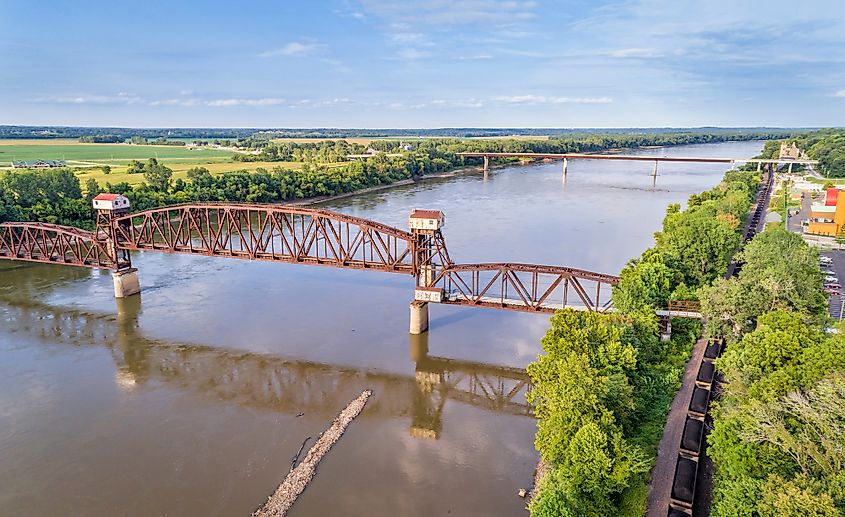
The Missouri River is one of the longest rivers in the United States. It is located in the midwestern region of the country and runs through the states of Montana, North Dakota, South Dakota, Nebraska, Iowa, Kansas, and Missouri. The river is approximately 2,341 miles long.
The Missouri River starts at the confluence of the Jefferson and Madison rivers in Montana. It then flows north through North Dakota and South Dakota before turning east and flowing through Nebraska, Iowa, and Missouri. The river finally empties into the Mississippi River near St. Louis, Missouri.
It is a major source of water for irrigation and drinking water for millions of people living in the Midwest. The river is also a popular destination for recreation, such as fishing, boating, and swimming.
The Missouri River has been an important part of American history since the early 1800s. Lewis and Clark explored the river as part of their expedition to the West Coast. The river was also an important transportation route for settlers moving west during the 19th century. Today, the Missouri River is still an important part of life in the Midwest.
2. Mississippi River
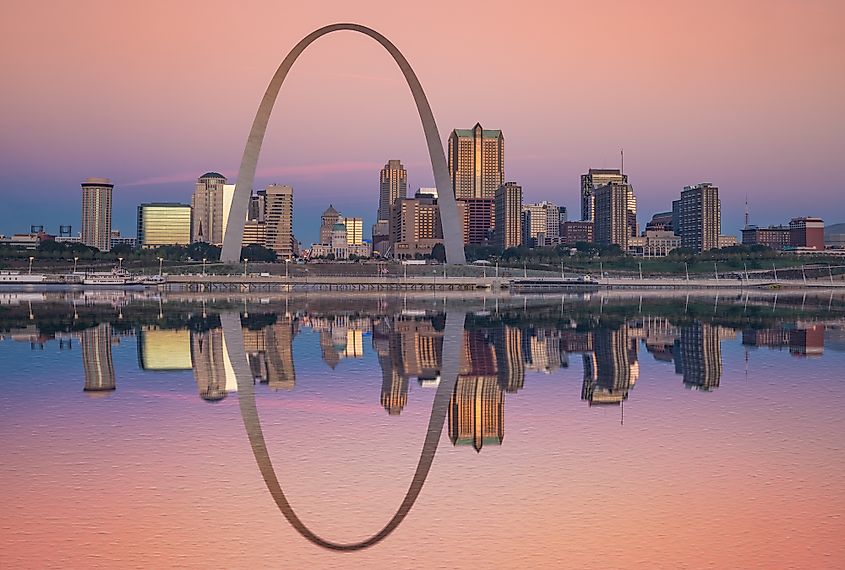
At 2,340 miles long, the Mississippi River comes in second only to the Missouri River. And it's not just long - it's also incredibly important, playing a vital role in both transportation and commerce.
The Mississippi River originates in Minnesota, at Lake Itasca, and flows all the way down through 10 states before emptying into the Gulf of Mexico. Along the way, it picks up water from a number of tributaries, including the Ohio River. In fact, the Mississippi is so massive that its watershed covers nearly all of 41 states!
There are a lot of interesting facts about this mighty river. For example, did you know that the Mississippi River is home to 0one of the world's largest inland ports? Located in Memphis, Tennessee, this port handles more tonnage than any other river port in the United States.
The Mississippi River is truly a remarkable natural wonder. It plays an important role in our nation's history and economy and is a beautiful sight to behold. If you ever have the chance to see it for yourself, be sure to take it! You won't regret it.
3. Yukon River
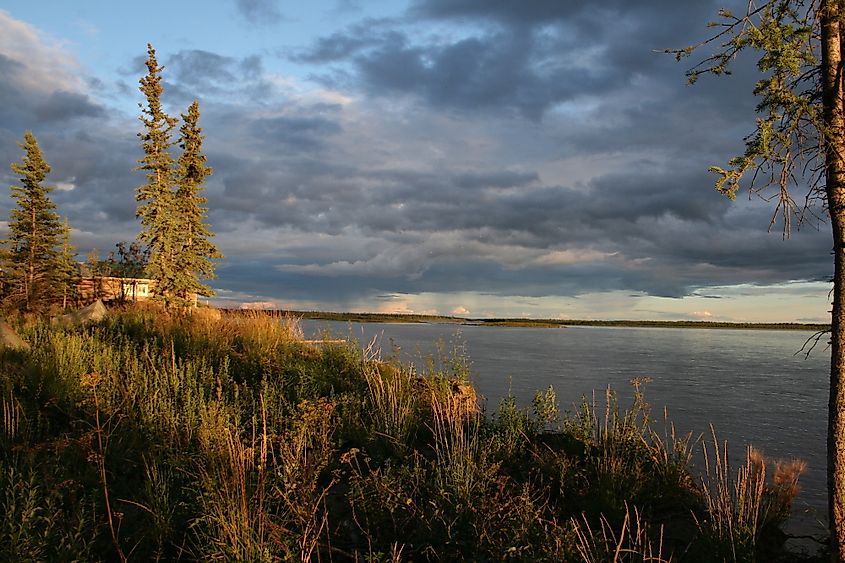
The Yukon River runs through the states of Alaska, the territory of Yukon, and the province of British Columbia. The river is 3,185 miles long.
The Yukon River begins in the Yukon Territory of Canada. It flows north into Alaska then the river then turns west and southwest and empties into the Bering Sea.
The Yukon River is an important waterway for transportation. People use it to ship goods between Alaska and other parts of the world. The river is also a popular destination for recreation, such as fishing and rafting.
The Yukon River is home to many different kinds of fish, including salmon and trout. The river is also home to bald eagles, ospreys, and other bird species.
The Yukon River is an important part of the culture of the people who live near it. The name "Yukon" comes from a Native American word that means "great river." The river has been an important part of the lives of the people in the region for centuries.
4. Rio Grande River
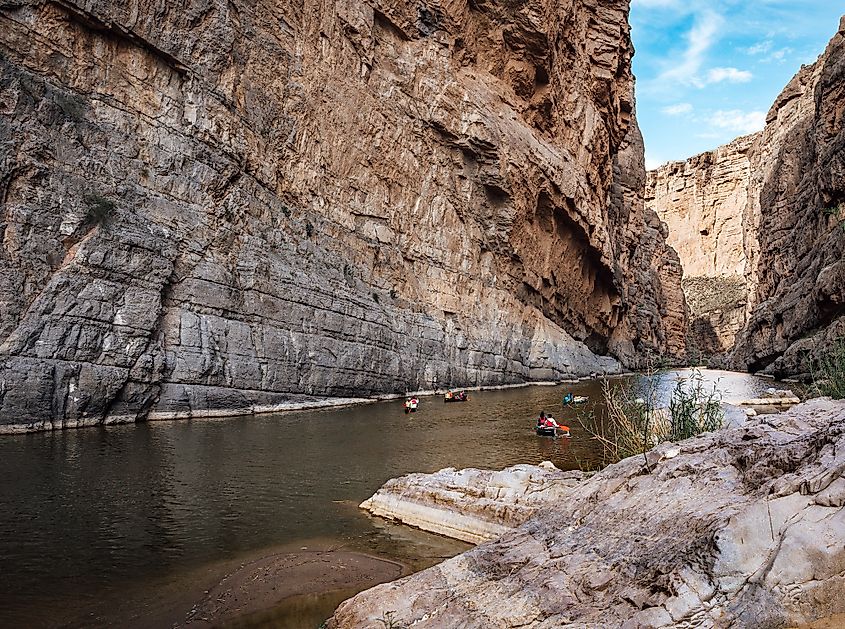
Spanning a distance of over 1,900 miles, the Rio Grande River winds its way through New Mexico, Texas, and Mexico before emptying into the Gulf of Mexico. Along its journey, the Rio Grande provides essential water resources for millions of people and is home to a diverse array of plant and animal life.
The Rio Grande has been an important waterway for centuries. Ancient Native American cultures depended on the river for transportation, irrigation, and sustenance. Today, the Rio Grande continues to play a vital role in the economies of both countries it traverses. In the United States, the river is a key source of irrigation water for farmers in New Mexico and Texas. In Mexico, the Rio Grande provides water for cities, industry, and agriculture.
The Rio Grande is also home to a wide variety of plant and animal life. More than 1,000 species of plants and animals are found along the river and in the surrounding floodplain. The Rio Grande is an important stopover for migrating birds, and its waters support populations of fish, reptiles, and amphibians.
The Rio Grande is one of the most iconic rivers in North America. Its long history and importance to the people and wildlife of the region make it a truly special place.
5. Colorado River
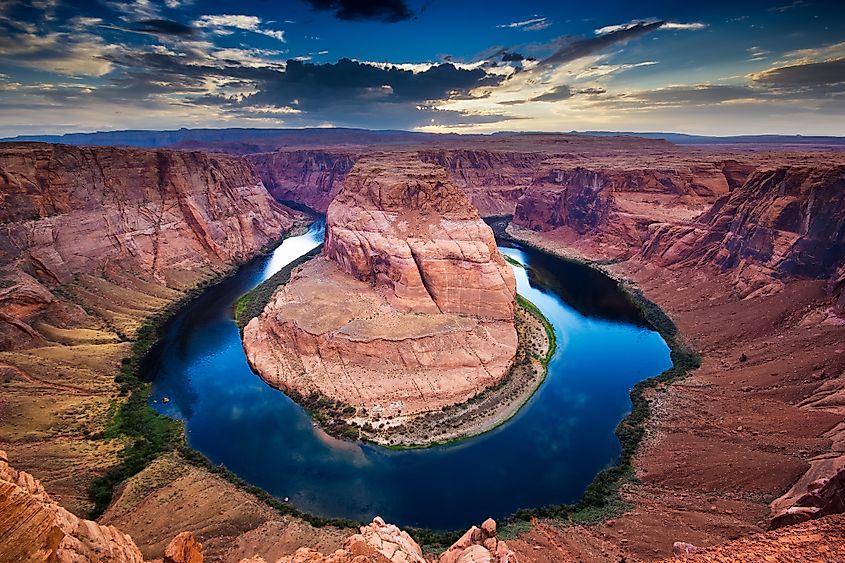
The Colorado River is one of the longest rivers in the United States, stretching 1,450 miles from its headwaters in the Rocky Mountains of Colorado to its mouth at the Gulf of California in Mexico. The river and its tributaries provide water to over 40 million people, making it an important resource for both human and ecological communities.
The Colorado River basin is home to some of the most iconic landscapes in the country. It also supports a wide variety of plant and animal life, including several endangered species.
Despite its importance, the Colorado River is under threat from a number of human activities. Overuse of the river's water resources has led to serious drought conditions in recent years, and climate change is expected to exacerbate the problem. In addition, the construction of dams and other water infrastructure projects has altered the river's flow, putting additional stress on the ecosystem.
Protecting the Colorado River is essential to ensuring the health of the millions of people and countless species that depend on it. We must work together to find ways to use this important resource without damaging it for future generations. With careful management and a commitment to conservation, we can ensure that the Colorado River remains a vital part of our country for years to come.
6. Arkansas River
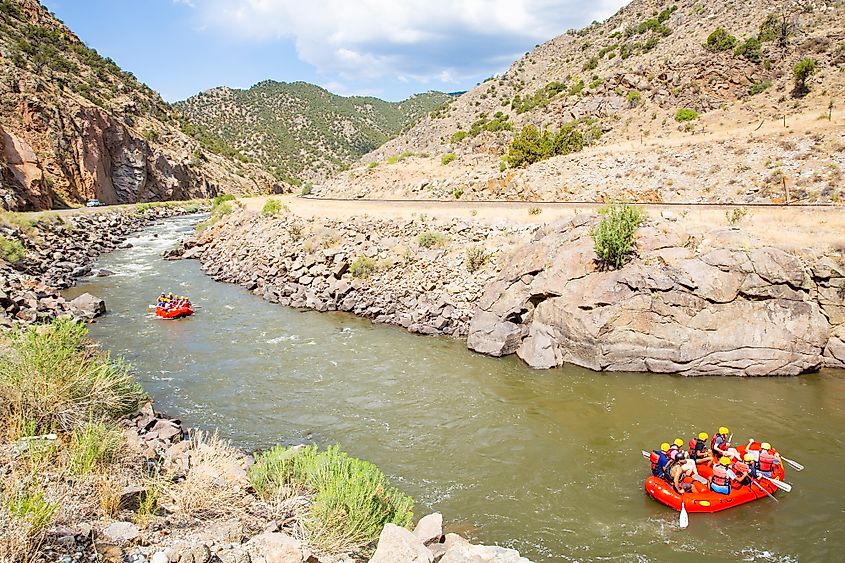
The Arkansas River stretches some 1,460 miles from its headwaters in the Rocky Mountains of Colorado to its confluence with the Mississippi River. Along the way, it flows through the states of Oklahoma, Kansas, and Arkansas.
It is a major tributary of the Mississippi River and is one of the most important rivers in the American Midwest.
The Arkansas River is home to a diverse array of wildlife, including several species of fish, birds, and mammals. The river's watershed also supports a thriving agricultural industry, making it an important part of the American economy.
The Arkansas River is one of the most popular destinations for recreation in the United States. People come from all over to fish, canoe, kayak, and raft on its waters. The river is also a popular spot for camping, hiking, and picnicking.
Whether you're looking to enjoy a leisurely float down the river or an adrenaline-pumping white-water adventure, the Arkansas River has something to offer everyone. So come on out and explore one of America's great rivers!
7. Columbia River
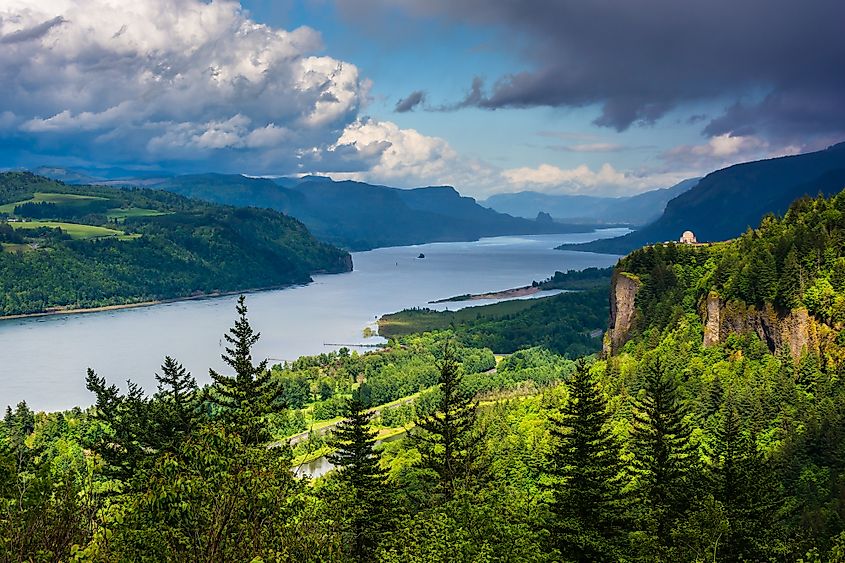
Measuring 1,243 miles from its headwaters in British Columbia to its mouth at the Pacific Ocean, the Columbia River provides vital hydration for the arid regions it traverses and supports a wide variety of plant and animal life. It's also an important source of hydroelectric power, providing electricity to millions of people in the Northwest.
The Columbia River has been an important part of human history for millennia. Native Americans have long depended on the river for sustenance and transportation, and early explorers used it as a key route to the Pacific Ocean. Today, the river is a popular destination for recreation, including fishing, boating, and swimming.
If you're looking for an amazing natural wonder to explore, the Columbia River is definitely worth a visit!
8. Red River
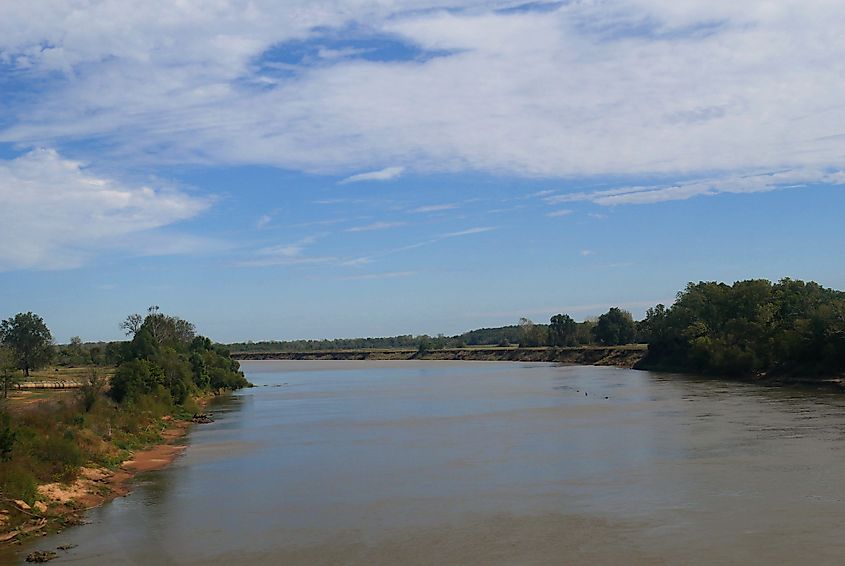
The Red River runs for 1,290 miles from its headwaters in North Dakota to its mouth at the Gulf of Mexico. Along the way, it passes through the states of Minnesota, Iowa, Missouri, Arkansas, Louisiana, and Texas.
The Red River is a major tributary of the Mississippi River and is one of the most important rivers in the central United States. It is home to a large number of species of fish, including bass, catfish, and paddlefish. The river is also popular for recreation, with people canoeing, kayaking, fishing, and swimming in its waters.
The Red River has been an important waterway for centuries. Native Americans used it for transportation and trade, and early settlers used it as a route to the west.
9. Snake River
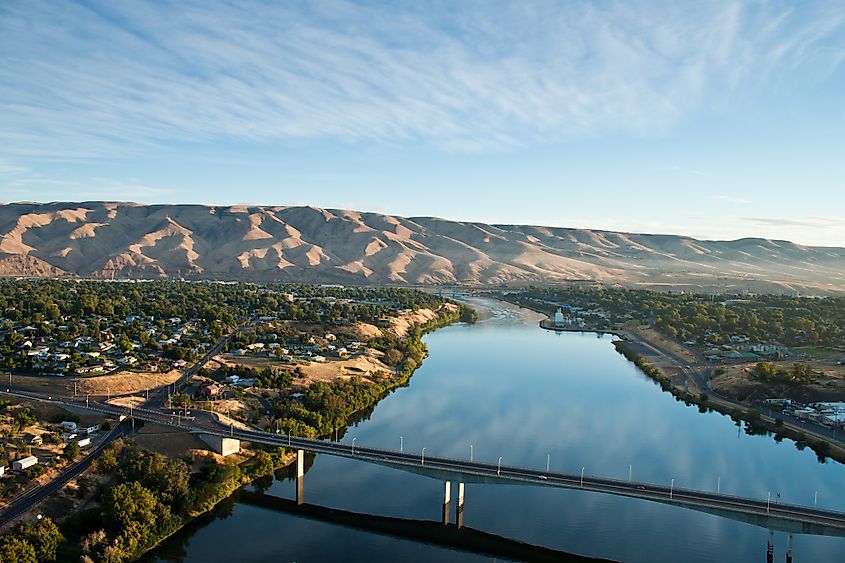
The Snake River runs through Idaho, Oregon, and Wyoming before joining the Columbia River in Washington state. The Snake River is 1,078 miles long.
The Snake River is a very important river for people and wildlife in the western United States. It provides water for irrigation, drinking, and industry. The river is also home to many different fish, birds, and other animals.
People have been living along the Snake River for thousands of years. Native Americans used the river for transportation and trade.
10. Ohio River
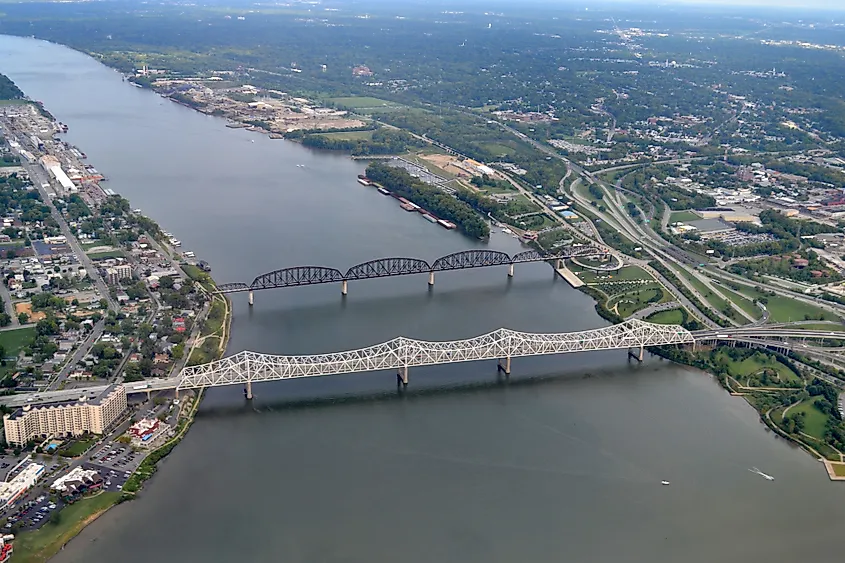
The Ohio River extends 981 miles from Pittsburgh, Pennsylvania to Cairo, Illinois. The river is also the largest tributary by volume of the Mississippi River. Along its journey, the Ohio River passes through or borders six states including Pennsylvania, West Virginia, Kentucky, Indiana, Ohio, and Illinois.
The Ohio River has been an important part of American history since early Native American civilizations. The river was used for transportation and trade by Native Americans long before Europeans arrived in North America. In the 1600s, European explorers began using the river as a route to the interior of the continent. The Ohio River was a major factor in the westward expansion of the United States during the 1800s.
Today, the river is used for shipping and recreation. Many cities along the river have been developed as commercial and industrial centers. The Ohio River is also a popular destination for boaters, fishermen, and swimmers.
In Summary
We hope you've enjoyed learning about these amazing rivers as much as we enjoyed writing this post. Do you have any tips or tricks for exploring them? Let us know in the comments below! And be sure to check out our other posts on America's rivers for more information and inspiration. Happy kayaking!
Source: https://www.worldatlas.com/rivers/10-longest-rivers-in-the-united-states.html
0 Response to "Longest Continuous Flowing River in the United States"
Post a Comment